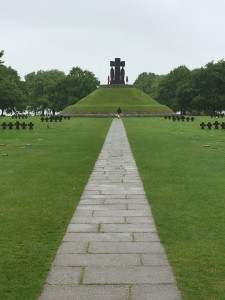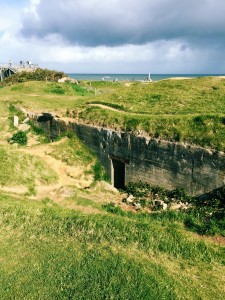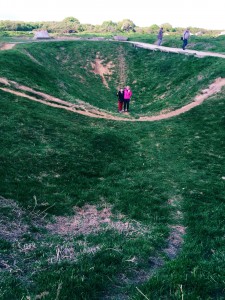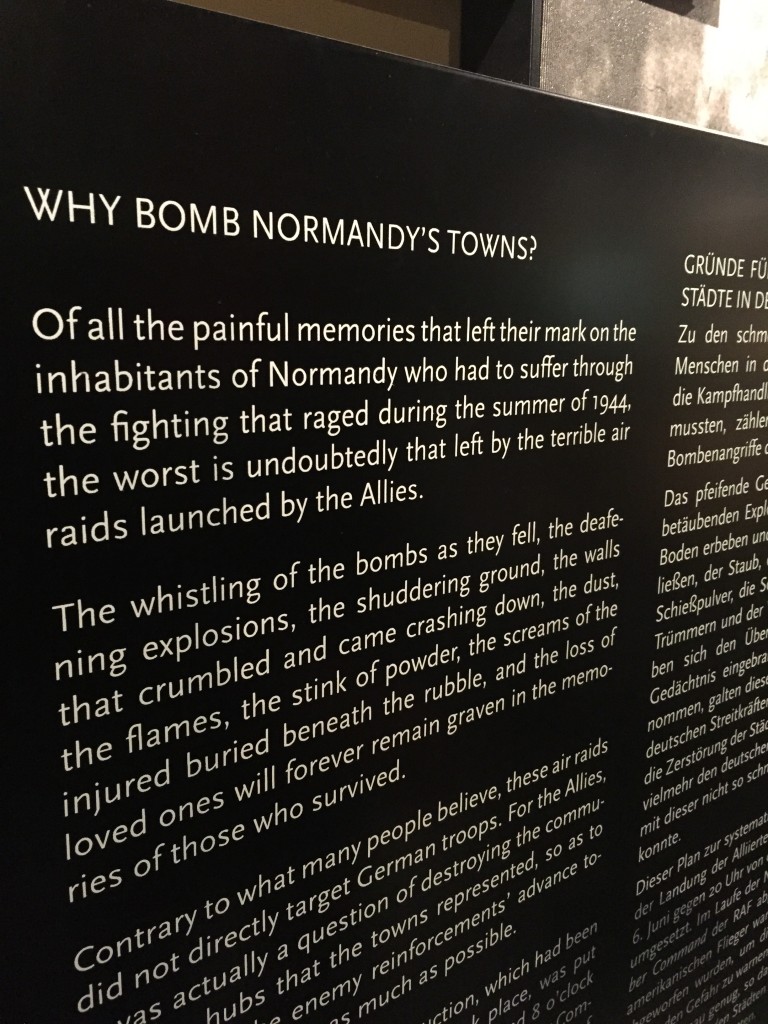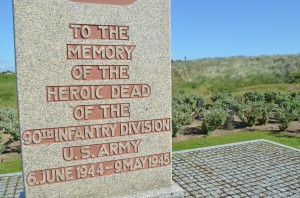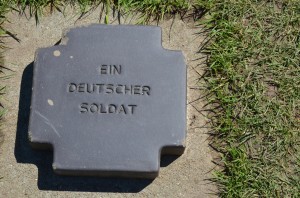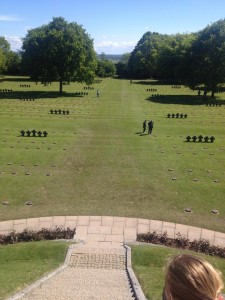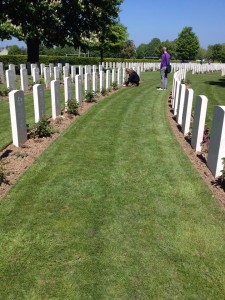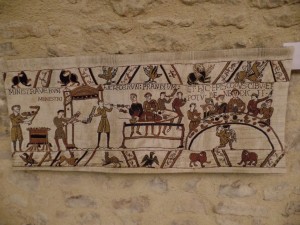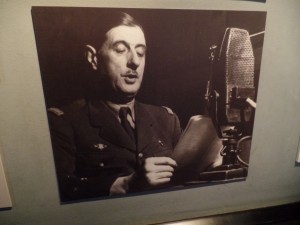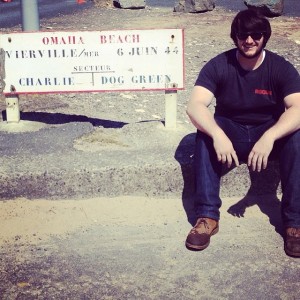In traveling to Europe, I had thought that I would be better able to understand the extraordinary experiences that our Soldiers, Sailors, Airmen, and Marines went through to liberate Europe. Seeing the battlefields, for example, would better allow me to see how people my age displayed unthinkable acts of heroism seventy-five years ago. On the day that we traveled to Pointe du Hoc, the American Cemetery, and Omaha Beach, I learned that this would not be the case. Although these sites showed me how large the scale of the battle was, this very same large scale consequently made it even more impossible to imagine the experiences of those in the war. In short, the unfathomable became even more unfathomable.
Arriving at Pointe du Hoc, I was immediately awestruck by the torn landscape. At this landing zone, which was situated between Omaha and Utah Beach, American Rangers scaled 200-foot cliffs with grappling hooks and ladders in order to capture gun emplacements that threatened the rest of the invasion forces. The effects of a powerful Allied naval bombardment and air attack – the only beach to receive such accurate and devastating bombing in advance of the invasions – were still visible. Dotting the bluffs above the steep cliffs were several shattered bunkers—“monuments” to the events that occurred there. They told the story, in part, without saying any words. Standing on top of one of these bunkers, I could simply not imagine the American Rangers attacking the cliffs under fire and fighting within this hellish landscape.
Omaha Beach was just as awe-inspiring. After we arrived at Dog Green Sector, the deadliest portion of the beach, I was shocked at how quickly the tide went out over the span of an hour due to how flat it was. There were over 200 yards of beach from the water’s edge to a concrete wall, and with the tide being as quick as it was, it became clear to me how crucial timing was to the entire operation. Along the wall and the hills were menacing bunkers angled just right to produce the maximum sector of fire across the beach. Bearing in mind Ernie Pyle’s description of the colossal amounts of military equipment strewn across the beach a week after the invasion the entire time I walked along the beach, the same thought kept running through my mind: How did they survive this?
The most memorable portion of the day was the American Cemetery where nearly 10,000 servicemen are interred. In such a somber place, I was awestruck at how “alive” it was. These men were laid to rest in a way that reminded me of a unit ready for an open-ranks inspection. Walking along the graves and watching the rows pass between each other also produced an optical illusion reminiscent of the feet of a large formation of soldiers marching in step past an onlooker. In seeing workers cleaning the marble tombstones, mowing the lawn, and sweeping the pathways, I was left with an indescribable gratitude at how these young men are taken care of, but this more than ever emphasized to me Ernie Pyle’s idea of the human cost of war. In his articles about the invasion, he described seeing personal mementos strewn across the beach even weeks after the invasion. These personal items, like family photos and letters, or even a tennis racket, belonged to men whose lives could have been extinguished forever. These sons, brothers, and fathers will never slip into historical ambiguity; their efforts, no matter how unfathomable, will never be forgotten.
On that small plot of American soil overlooking the beaches of Normandy, they will forever stand in their final formation.













